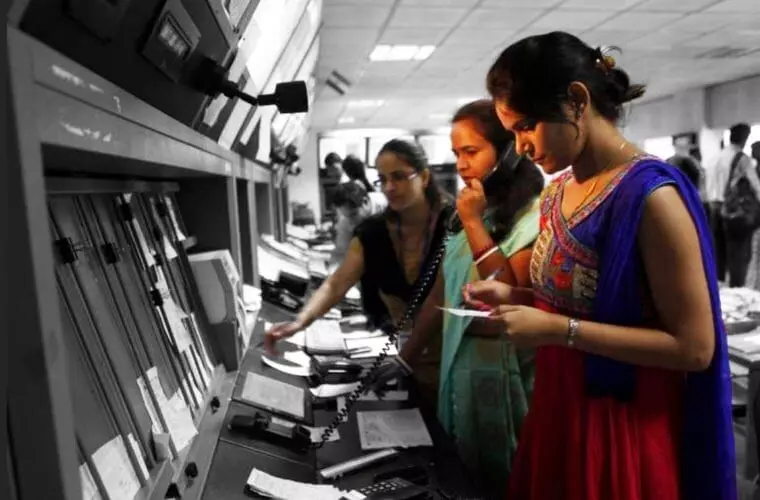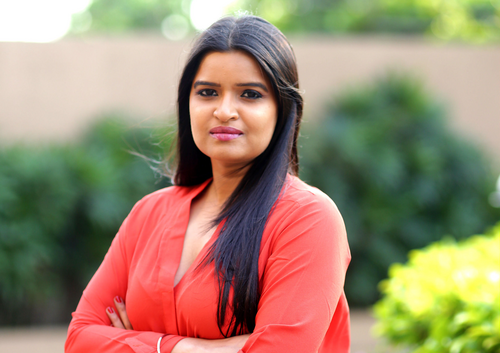The road to gender equality
The G20 Summit called for gender equality; where do Indian women stand?

Women empowerment is not a can-have but a must-have. World leaders concurred with this thought in the recently concluded G20 Summit in Delhi. They pledged to promote women-led development, gender equality, halving the digital gender divide by 2030, and pushing for women’s role in climate action. Can India and the world afford to neglect the need for enhanced participation of women in nation-building? The answer is an emphatic and resounding, ‘No’. Our rightful place in the world is to be working, toiling, and building shoulder-to-shoulder with men. However, equal opportunities for women continue to be elusive and those who boast of creating real progress in spite of their gender still largely belong to a privileged class. Democratising opportunity so as to make it equally accessible to women of all geographic, economic, and social strata would be climacteric. And don’t forget, in India, we add the complexities of caste and religion into the gender inequality mix.
Quality education, healthcare, and jobs are disproportionately accessible by women in India. Some social circles still propound regressive practices that rob women of basic rights. In our developing nation, there just aren’t adequate women participating in the workforce. Check out the recent Shaadi.com advertisement released ahead of Indian Independence Day. A school teacher explains a major problem plaguing us to her class of girl children. The Indian population is represented by a roti; she tears half of it to show women in India, who comprise 50 per cent of the population. A further division represents the number of working women before marriage; a torn quarter of the half roti is the number of women who drop out of the workforce after marriage, yet another piece is broken off for those who give up working after having their first child, one more piece denotes those that stop working after their second child. The teacher goes on to ask her class, how can a little piece feed an entire nation? Slight use of hyperbole yes, but the message is brilliantly communicated — India needs her women.
As per the World Bank Labour Force Participation Report (2022), only 24 per cent women in India (15 years of age and above) are gainfully employed. India ranks 127th out of 146 countries on gender parity as per the Global Gender Gap report (2023). Another report titled, “Indian females in the twenty-first century: how they have fared” published in GeoJournal, speaks of Indian women facing acute inequalities in some states. The report underlines sub-par women empowerment in states such as Uttar Pradesh, Madhya Pradesh, Bihar, and Rajasthan. Let’s also remember that while the Parliament has passed scores of bills, it’s still dragging its feet on the Women’s Reservation Bill that proposes that 33 per cent of Lok Sabha and Rajya Sabha seats be mandatorily occupied by women. Vast sections of Indian women still require literacy, better healthcare, family planning awareness, digital and financial inclusion, and employment.
According to the Periodic Labour Force Survey (PLFS July 2021-June 2022), 29.4% of women (aged 15-59 years of age) were part of India’s labour force in 2021-22 versus 29.8% in 2020-21. India has historically had poor participation in the labour force. And it’s not all due to social and familial pressures. Look around you — many of us who come from privilege and have had education and opportunities handed out to us, eventually give up on careers. The other day, on a rare occasion, I was on Facebook, browsing aimlessly. I came across at least ten of my former colleagues and friends — all exceptional women, highly educated and accomplished, who were on growth trajectories the last time we worked together — who have chosen to be homemakers. Without throwing shade on homemakers, my point being that these women would have easily been in the top management of their companies by now had they persisted. And yet, their family’s primary breadwinner today may just be “the man” however, average and unimpressive his professional prowess may be.
While we should speak of offering all women level-playing fields; there is simply no denying that many entitled women among us just stop working. Their maternity leaves become permanent, their sabbaticals never end, they seem to flit from one vacation to another. While mine may be an unpopular opinion — but if their partners earn well and/or they have children, many women opt not to work or come back to work. Personally, while I yearn for a long vacation or break, the thought of giving up working completely, depresses and scares me. There is of course a clutch of other women I know who share the same ambition or drive to be financially independent. They are energised by the thought of creating or building, they have returned to working after child birth, and enjoy fulfilling professional and personal journeys. Much of the working and underprivileged classes also have no luxury of being permanently on party mode. They must earn to make a living and survive in an increasingly expensive world. When women with excellent career prospects are forced to give up working due to cultural and societal pressures (I have seen a few of those), that’s particularly heartbreaking.
But yes, perceptions are changing, our society is becoming more accepting of working women, and with the growing cost of living, that’s becoming a necessity. The Indian government has been highlighting Nari Shakti on Republic Day tableaux and recent speeches. Government support, women-focussed groups, hitherto successful Self-Help Groups (SHGs), need to play proactive roles in guiding India on the path to gender equality. No doubt we have improved but we are not there just yet. And Indian women must be willing to play their part.
The writer is an author and media entrepreneur. Views expressed are personal



